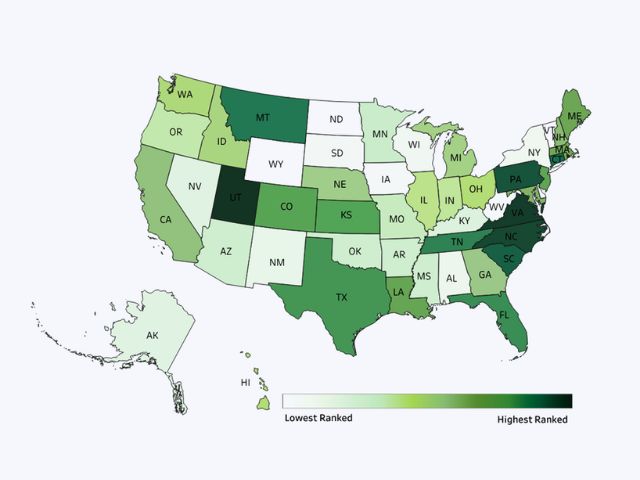Patient Safety at Albany Med
For the past 20 years, the Leapfrog Group has brought transparency to patient safety through Hospital Safety Grades. Twice a year, each facility is graded on 22 safety measures.
Each of the 22 safety measures is split into two domains, process/structural and outcomes measures, each accounting for half of the measure’s score. According to the Leapfrog Group, there are the following definitions of the scoring criteria:
- Process Measures represent how often a hospital gives patients recommended treatment for a given medical condition or procedure. For example, “Responsiveness of hospital staff” looks at patients’ feedback on how long it takes for a staff member to respond when they request help.
- Structural Measures represent the environment in which patients receive care. For example, “Doctors order medications through a computer” represents whether a hospital uses a special computerized system to prevent errors when prescribing medications.
- Outcome Measures represent what happens to a patient while receiving care. For example, “Dangerous object left in patient’s body” measures how many times a patient undergoing surgery had a dangerous foreign object, like a sponge or tool, left in his or her body.
Once scored, each hospital is assigned a letter grade ranging from A to F. The letter grades allow patients a quick way to compare different hospitals on matters such as preventable errors, accidents, injuries, and infections.
Below is a map showing each state’s density of A-rated hospitals.

Albany Medical Center was rated D on safety. It has been given a D-rating at every evaluation since the Spring of 2020. The following sections detail poor grades at Albany Med related to their nursing shortage:
Nursing and Bedside Care for Patients
40 out of 100 on adequate staffing of RNs, LPNs, and UAPs compared to the average score of 71 out of 100. This measure is meant to ensure that each hospital has enough nurses providing direct care to patients to monitor their care over time, asses symptoms, administer medicine, and assist in surgical units.
Responsiveness of Hospital Staff
76 out of 100 on the responsiveness of staff when a patient requested help due to pain or new symptoms emerging compared to the average score of 80.79. The higher this score, the more likely a hospital has enough staff to quickly care for patients and systems that ensure all patients receive care promptly.
Death from Serious Treatable Complications
186.71 deaths for every 1,000 patients who have serious treatable complications after surgery, compared to an average of 143.25. Albany Med had the worst score compared to any hospital measured.
From the survey done at Albany Med, we can also learn several insights into their nursing staff, such as the hospital not employing any nurse-midwives or certified midwives and patients not being allowed to bring their own doulas for delivery.








